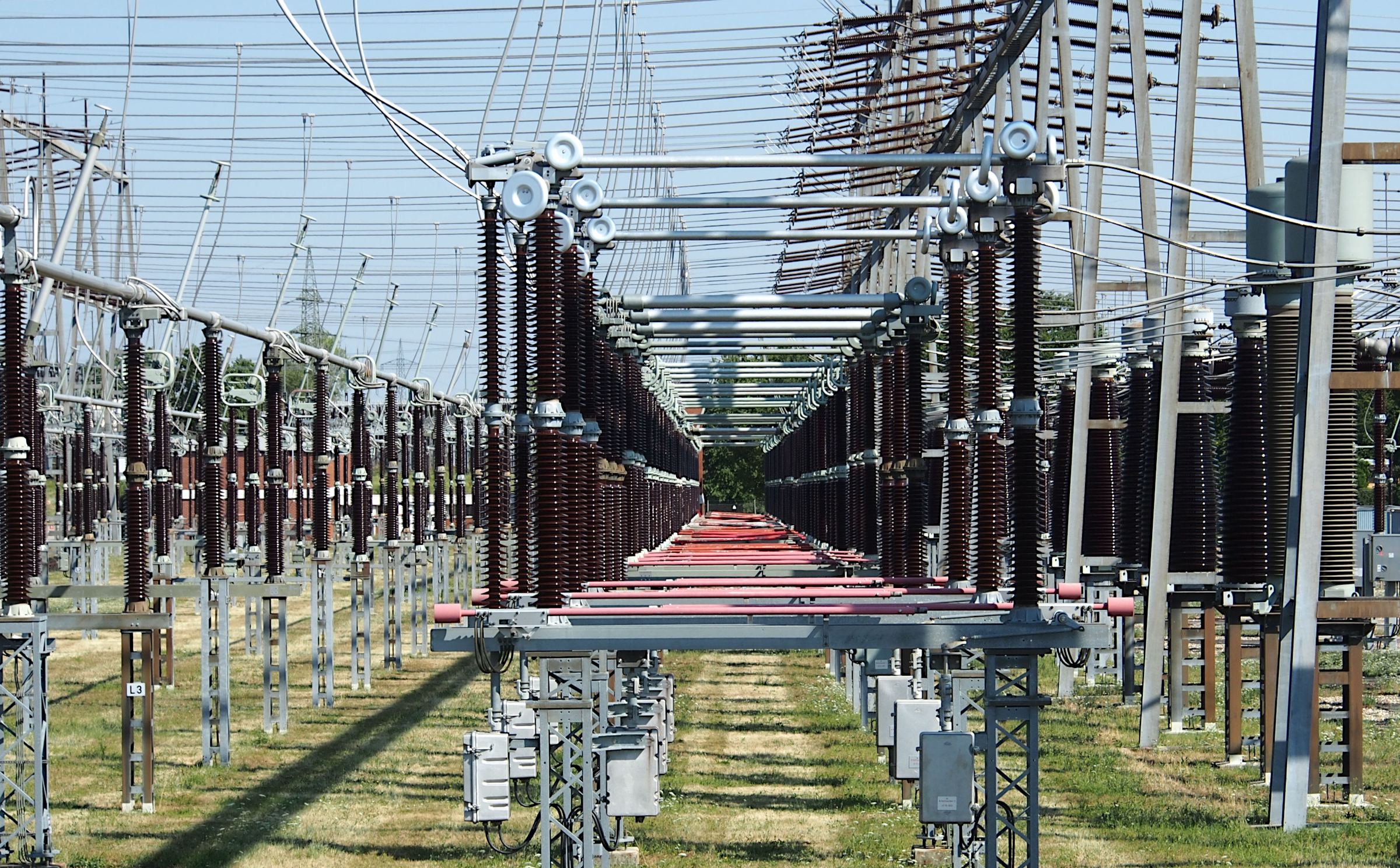NEXT-GENERATION DRONE-BASED EMERGENCY SYSTEMS: AI-POWERED UAV FRAMEWORK FOR ENCRYPTED COMMUNICATION AND MULTIMODAL DATA CLASSIFICATION IN EMERGENCY DETECTION AND RESPONSE SYSTEMS
Keywords:
Convolutional Neural Networks, Real-Time Scene Analysis, Drone-Based Surveillance, Autonomous UAV Framework, Lightweight Cryptography, Intelligent Threat Detection, Multimodal Data Classification, Disaster ResponseAbstract
The increasing frequency and severity of natural and man-made disasters have underscored the urgent need for rapid, reliable, and intelligent emergency response systems. This paper presents a next-generation drone-based emergency monitoring framework that leverages artificial intelligence (AI) to enable encrypted communication and real-time multimodal data classification. The proposed system integrates Unmanned Aerial Vehicles (UAVs) with advanced machine learning algorithms, secure data transmission protocols, and edge computing capabilities to ensure timely and accurate detection of emergency scenarios. By fusing data from multiple onboard sensors including cameras, infrared, and environmental detectors the framework performs intelligent scene analysis and classifies threats using deep learning models, such as Convolutional Neural Networks (CNNs) and Recurrent Neural Networks (RNNs). The system supports adaptive learning to continuously improve classification performance in dynamically changing environments. Simultaneously, secure communication is maintained through lightweight cryptographic algorithms optimized for drone platforms, ensuring confidentiality and integrity of transmitted data even in hostile environments. The architecture also incorporates real-time feedback loops and autonomous decision logic, allowing UAVs to adjust flight paths and monitoring behavior based on situational demands. Data preprocessing and prioritization mechanisms are deployed at the edge to reduce transmission overhead and support low-latency response. An intelligent task allocation algorithm is embedded within the system to coordinate multiple drones for large-area surveillance, enhancing mission scalability and efficiency. Additionally, a fault-tolerant design is implemented to handle data loss, sensor failures, and unexpected communication breakdowns during missions. The system is validated through a series of simulations and real-world test scenarios, demonstrating superior accuracy, low latency, and enhanced robustness compared to traditional drone-based monitoring systems. Performance evaluations are conducted using key metrics such as detection accuracy, classification precision, encryption strength, and power consumption to ensure practical deployment viability. Moreover, scalability and interoperability with existing emergency response infrastructure are considered to facilitate integration in large-scale deployments. This research contributes a scalable and intelligent solution for emergency response, significantly improving situational awareness, decision-making, and coordination in disaster-stricken or high-risk environments.
















